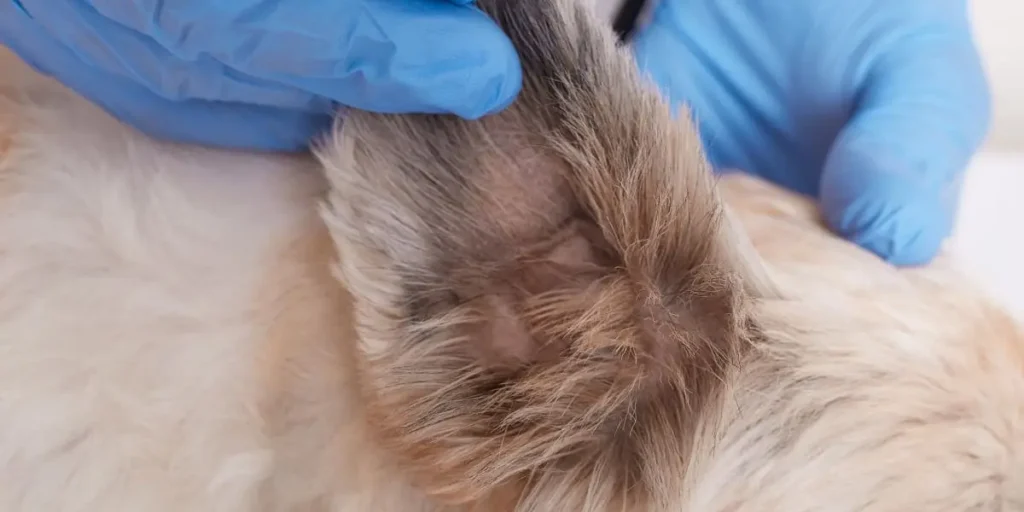For dogs, fleas are the most frequent parasites and can quickly disrupt their well-being. They cause intense itching, allergic reactions, and discomfort. So, how can you prevent this infestation, detect it early, and eliminate it?
What is a Flea?
Adult fleas feed on your dog’s blood, causing itching, scratching, and sometimes bleeding. Female fleas can lay up to 40 eggs per day, which fall onto floors, carpets, or bedding. Eggs hatch into larvae within 1–10 days, developing into adults that jump back onto your dog, creating a vicious cycle. Flea saliva can also trigger allergic reactions.
How to Detect Fleas on Your Dog?
Adult fleas are not always visible to the naked eye, hiding on the back and tail area. Signs include:
- Constant scratching and biting
- Red, irritated skin or small bumps
- Hair loss or scabs
Using a fine-tooth comb helps detect fleas, especially on short-haired dogs. Another method is checking for flea dirt (black specks). When placed on a wet tissue, flea dirt turns reddish, confirming the presence of blood.
How to Treat Fleas?
For mild infestations, pet stores offer flea sprays, shampoos, or oral tablets. More advanced treatments from veterinarians combine molecules that kill adult fleas and prevent eggs and larvae from maturing.
Available options include:
- Brushing and bathing: Remove fleas with a fine-tooth comb and wash with anti-parasite shampoo.
- Sprays and shampoos: Act on surface fleas but may have limited long-term effectiveness.
- Collars, mousses, powders: Provide localized protection but may not eliminate all fleas.
- Pipettes (spot-on or pour-on): Applied to the skin for stronger, longer-lasting protection.
- Oral tablets: Kill fleas through treated blood ingestion, offering one of the most effective long-term solutions.
Always consult your veterinarian for the most effective and safe treatment.
Clean Your Home
Treating your dog alone is not enough if the home remains infested. Flea larvae settle in floors, carpets, bedding, and dark corners. Vacuum the entire home, including crevices, and wash all fabrics (sheets, dog bed, etc.). Treat the car if your dog rides with you. Use flea sprays (10–30$) designed for the home, and ventilate afterward. Repeat cleaning alongside pet treatments to fully eradicate fleas. Consult your vet to prevent relapses.


